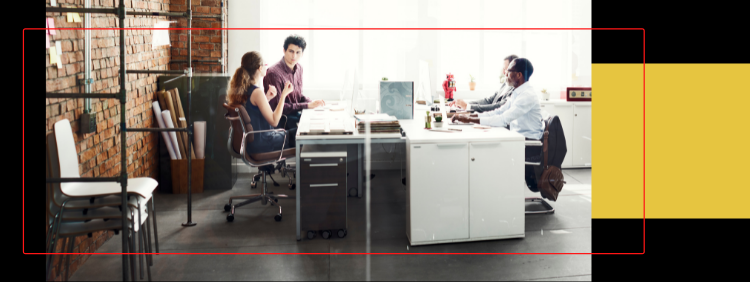Cambridge Commercial Pest Control: Common Pests in the Workplace

Many homeowners take steps to prevent infestations at home, but have you ever thought about the risk of pests at your workplace? Any building is vulnerable, especially during the winter months when critters seek warm shelter and a steady food supply. If you’re not careful, you’ll have to seek commercial pest control services in Cambridge.
Of course, the best solution is prevention. Understanding the most common pests helps you keep them at bay. If a few make it past your safeguards, it’s crucial to recognize an infestation early, as it’s much easier and less expensive to stamp out a small nest than an expansive one. Here’s everything you must know to keep your office pest-free.
Termites in the Woodwork
Termites can cause extensive damage to anything wood, but internal structures are the most vulnerable since they’re hidden under sheetrock. If left to their own devices, termites will turn support beams into swiss cheese.
Moisture is the biggest draw for termites, so you should eliminate standing water and avoid high humidity. Your HVAC system controls humidity, so make sure it’s producing dry air. Even with these precautions, you should keep an eye out for these signs:
- Droppings
- Mud tubes
- Discarded wings
Cockroaches in the Sinks
Nothing is quite so gut-wrenching as going to the bathroom, only to watch a cockroach crawl out of the sink. Difficult to kill and full of disease-causing bacteria, cockroaches are a scourge once they establish a hold. These insects are often associated with dirty environments, but several things can attract them to clean offices:
- Moisture- and food-rich landscaping
- Organic materials such as leather
- Small, dark areas
If you suspect cockroaches, look for these signs:
- Chew marks
- Moulted skin
- Coffee ground-like droppings
- Capsule-like eggs
Rodents in the Walls
Mice, rats and squirrels all seek shelter in human habitats during the winter and sometimes the early spring for birthing. These critters destroy internal structures to make their nests and carry diseases. If they die inside your walls, you’re in for a terrible stench and potential health problems.
House plants, leaky pipes and open garbage cans increase the risk of a rodent infestation. If you notice any of the following, you need to call an exterminator right away:
- Stale smells
- Rodent droppings
- Squeaking or scrambling in the walls
- Chewed holes in walls, ceilings or floors
Ants in the Break Room
Unfortunately, ants are an issue wherever you live. They’re attracted to food, especially sugar, so open packages and spills are huge problems. Colonies send out scouts to find food sources, which large quantities of ants then harvest. So if you see one ant, there’s probably more on the way. You should also be concerned if you notice the following:
- Discarded wings
- Piles of dirt
- Rustling in the walls
Carpenter ants are especially problematic since they destroy wood during the nest-making process. Sawdust trails and crumbling wood are indications that your ant issue is actually a carpenter ant infestation.
Spiders in the Ceiling
Some people believe spiders aren’t a problem. After all, they eat other problematic insects, so they must be allies. However, some spiders are venomous, and even a non-venomous bite may become infected and dangerous.
Spiders are attracted to several common human habits:
- Leaving bright lights on at night
- Keeping plants without spraying for bugs
- Letting moisture accumulate where it shouldn’t
Bugs are spiders’ number one food source, so if you have other pests, you probably have spiders. Keep a lookout for egg sacs and webs, as they’re sure signs you have arachnid trouble.
Are pests invading your office? Truly Nolen in Cambridge can eliminate the problem. We remove a wide range of wildlife and bugs, ensuring your workplace stays comfortable and healthy. To schedule an inspection, call or visit us online.